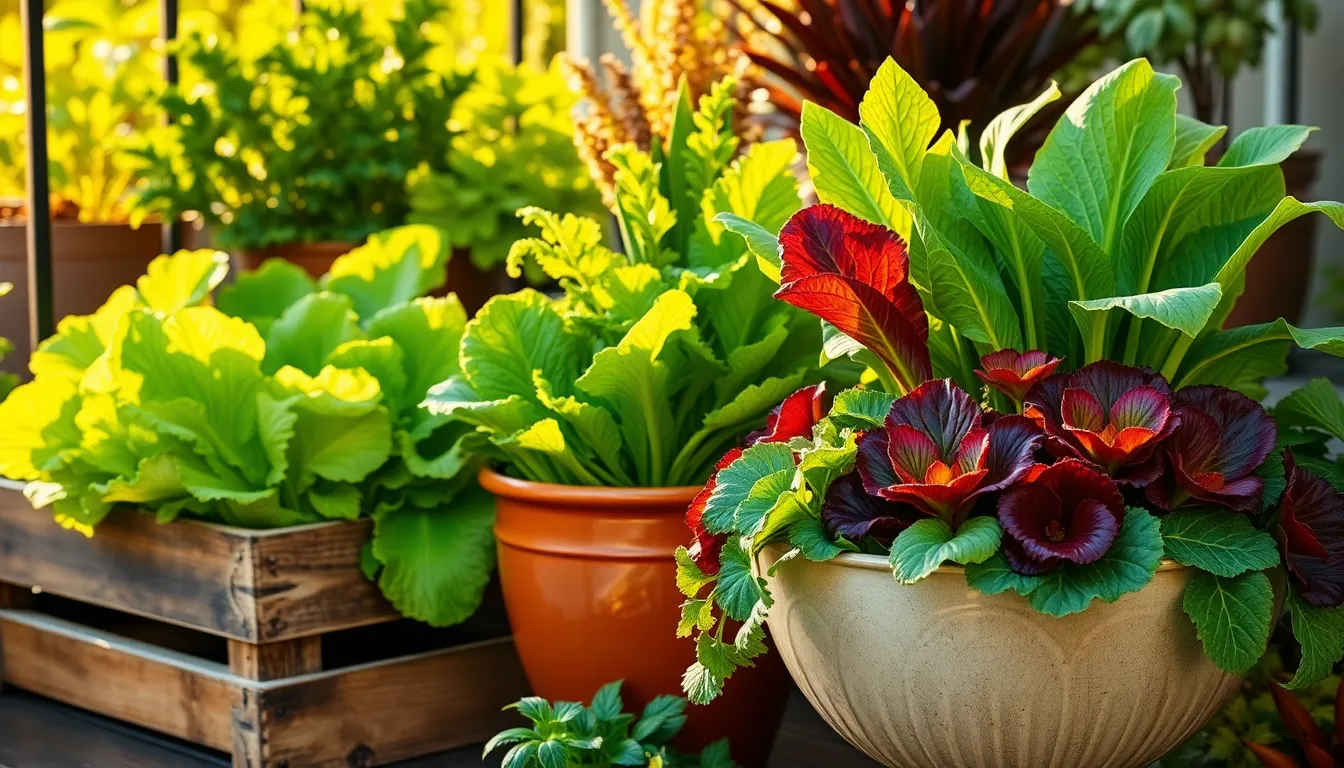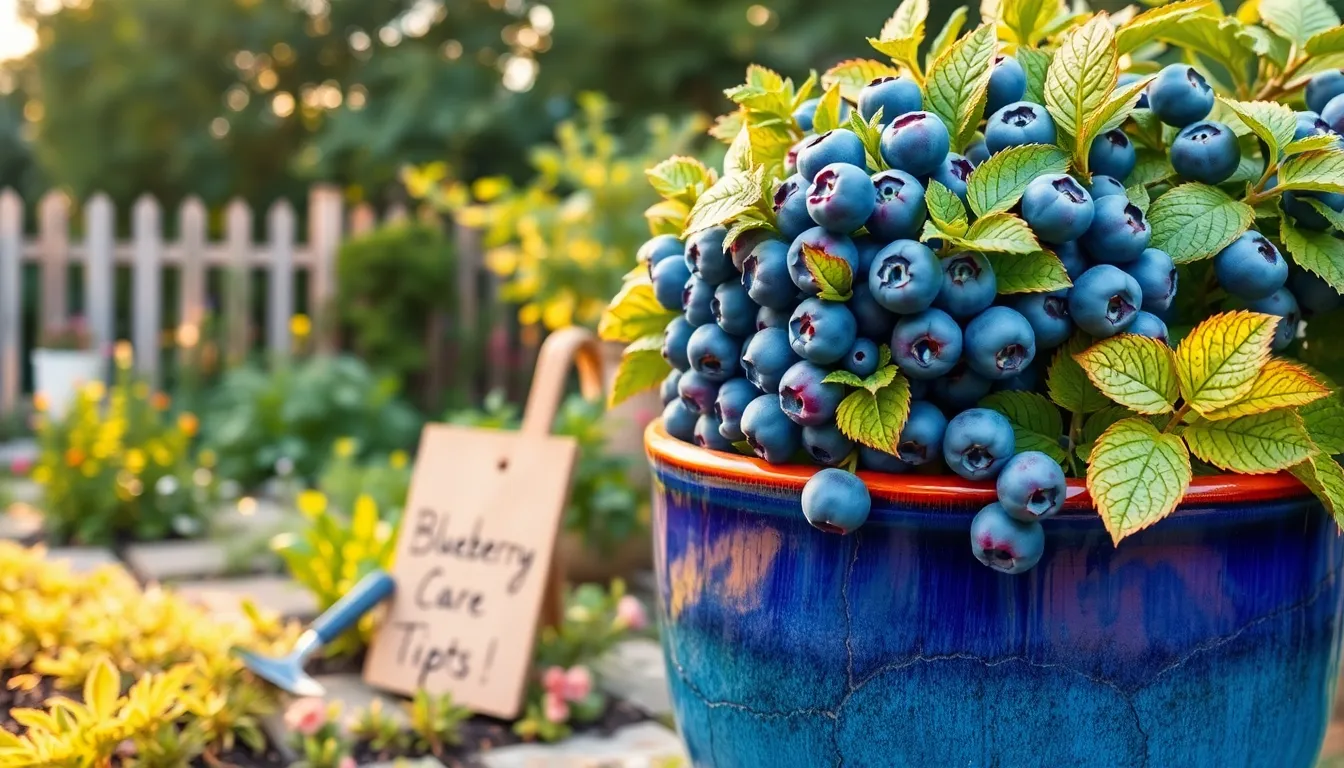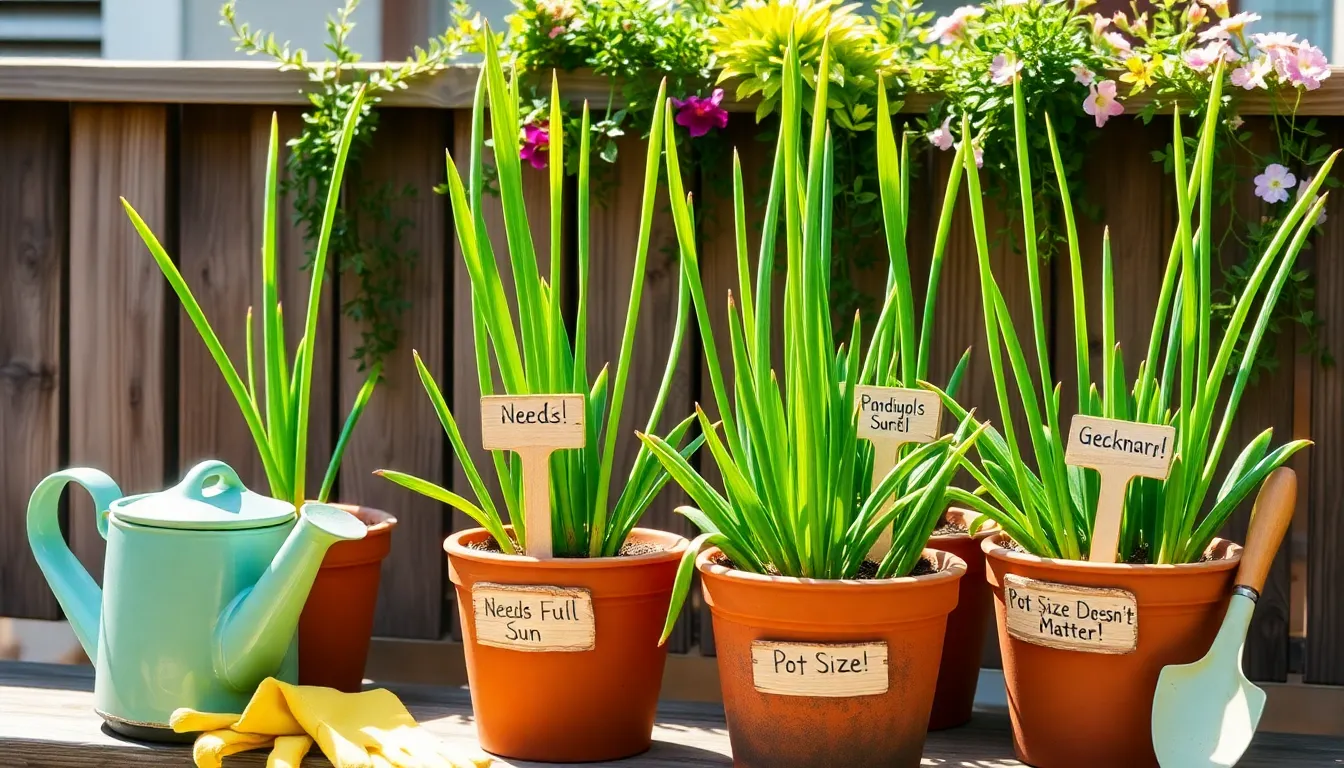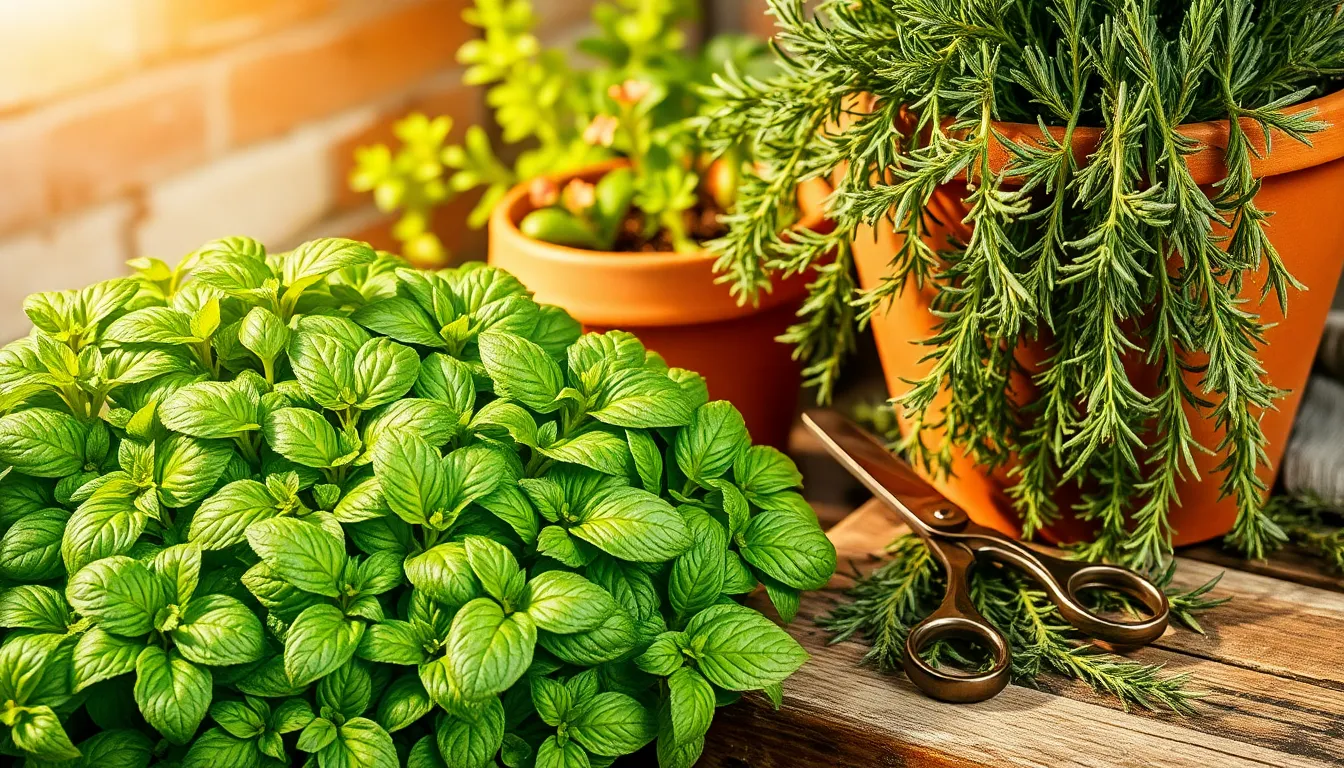Lettuce, with its tender leaves and crisp texture, is a delight for gardeners and home chefs alike. Whether you’re a novice just getting your hands dirty or a seasoned pro looking for a new challenge, growing lettuce in containers offers a rewarding experience that combines convenience with the joy of fresh produce. This journey into container gardening unfolds a world where you can harvest the freshest greens just steps from your kitchen, all while managing space and resources efficiently.
In this article, we’ll explore the perfect balance of frequency and care needed to ensure your container-grown lettuce thrives throughout the seasons. You’ll discover expert tips on selecting the right varieties, creating optimal growing conditions, and understanding the nuances of container gardening that can make all the difference. With practical advice tailored to suit any skill level, you’ll find that nurturing lettuce in pots is not just feasible but incredibly fulfilling. Prepare to transform your gardening routine and elevate your culinary creations with a constant supply of vibrant, home-grown lettuce.
Understanding Lettuce Growth Cycles

Lettuce is a cool-season crop, which means it thrives in temperatures between 60°F and 70°F. Understanding the lettuce growth cycle is crucial for optimizing harvests when growing in containers.
Planting lettuce in containers allows for better control of the growing environment, making it ideal for continuous harvests. Begin by selecting a loose, well-draining potting mix enriched with organic matter to provide the best conditions for lettuce roots.
For a steady supply of lettuce, consider using the “cut-and-come-again” method. This involves harvesting the outer leaves while allowing the inner ones to continue growing, which prolongs the plant’s productivity.
Watering is vital, as lettuce has shallow roots that require consistent moisture. Ensure the soil remains evenly moist but not waterlogged to prevent root rot and encourage robust growth.
Container size impacts the frequency of planting cycles, as larger containers can support more plants and extended harvests. For beginners, a 12-inch deep container works well, providing ample space for roots and multiple planting opportunities.
To maximize growth, position your containers in a spot that receives 6 to 8 hours of sunlight, but be ready to provide shade during the hottest part of the day. Advanced gardeners might consider using shade cloths or moving containers to adjust to fluctuating temperatures.
Rotating lettuce varieties can also enhance your growing experience, offering diverse flavors and textures. Opt for heat-resistant varieties during warmer months to extend your growing season and avoid bolting.
Ideal Container Size and Type
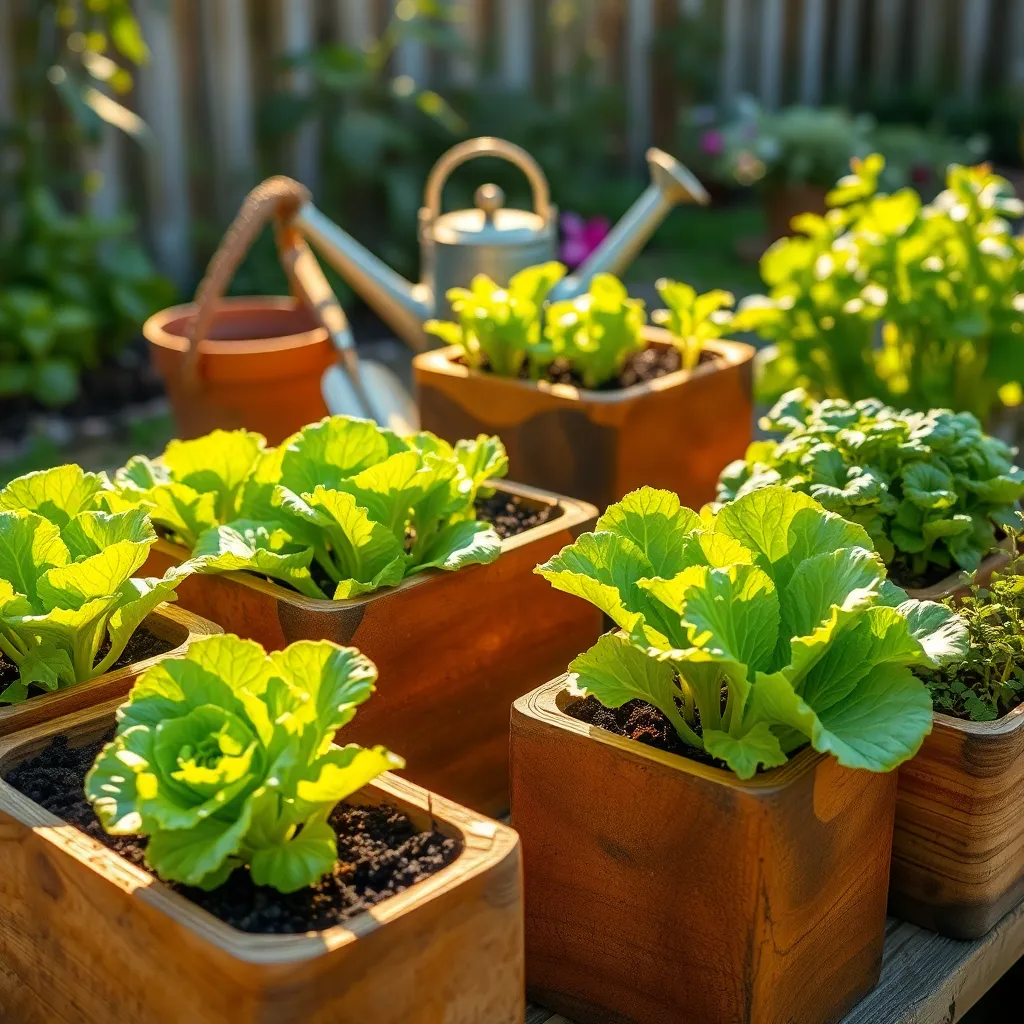
Choosing the right container for growing lettuce is crucial for healthy plant development. Ideally, select containers that are at least 6 to 8 inches deep to ensure ample root space.
Containers made of materials like plastic, ceramic, or metal offer excellent options, as they retain moisture well. Always ensure that your container has adequate drainage holes to prevent waterlogging, which can lead to root rot.
For beginners, starting with a window box or a simple round pot can make the process less overwhelming. These containers are easy to handle and provide sufficient space for a couple of lettuce plants, making them perfect for small-scale gardening.
Experienced gardeners might opt for self-watering containers to reduce maintenance and ensure consistent moisture levels. These containers are especially beneficial in warmer climates where soil can dry out quickly.
Timing Your Planting Schedule
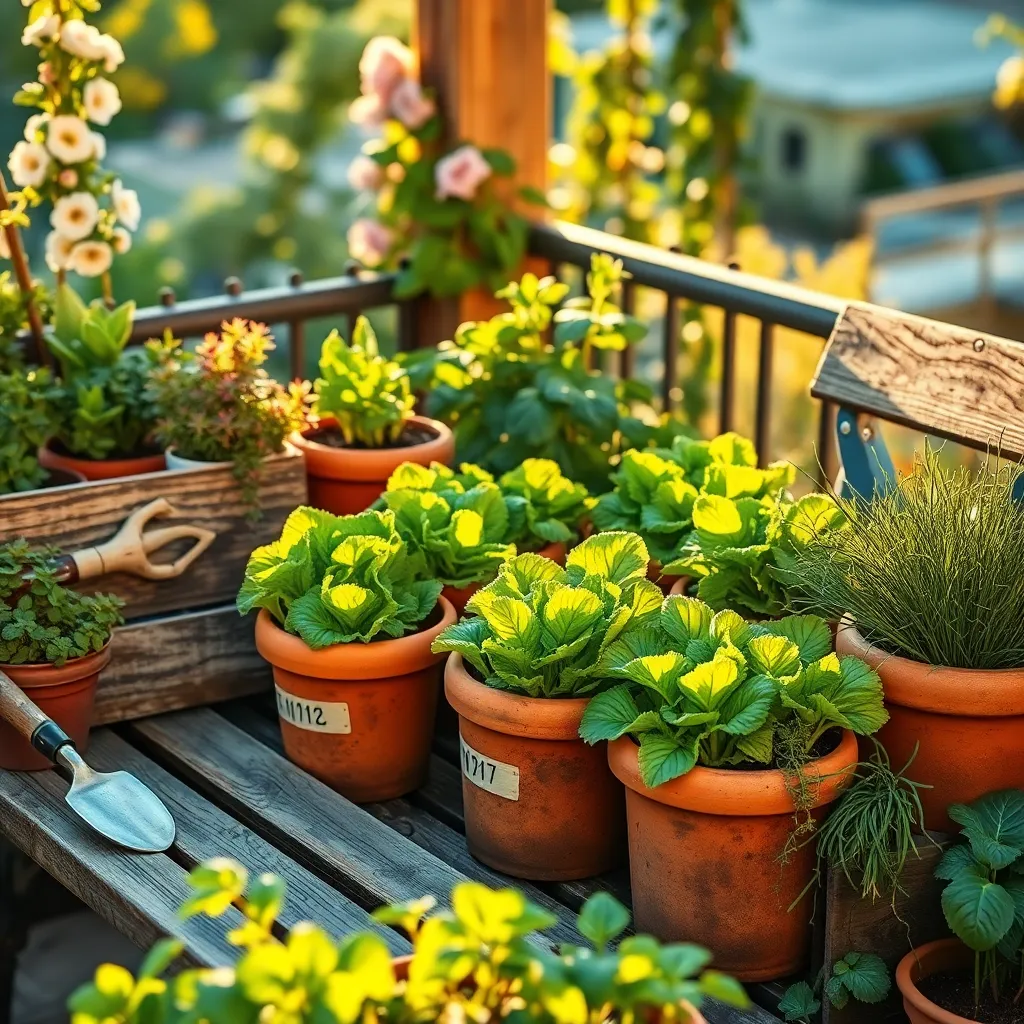
Timing your planting schedule is crucial for growing lettuce successfully in containers. Lettuce is a cool-season crop, which means it thrives in temperatures between 60°F and 70°F.
To maximize yields, consider planting lettuce every two to three weeks during the growing season. This technique, known as succession planting, ensures a continuous harvest and prevents all your lettuce from maturing at the same time.
When starting seeds indoors, sow them about four to six weeks before the last expected frost date in your area. Use a light potting mix and keep the seeds moist but not waterlogged for optimal germination.
As soon as the seedlings have developed a few true leaves, they can be transplanted to larger containers outdoors. Ensure your containers are placed in a location that receives partial to full sun, as lettuce needs at least six hours of sunlight daily.
For experienced gardeners looking to extend the growing season, consider using row covers or cold frames. These tools can protect your lettuce from unexpected frosts or overly hot temperatures, offering more flexibility in your planting schedule.
Managing Growth with Succession Planting
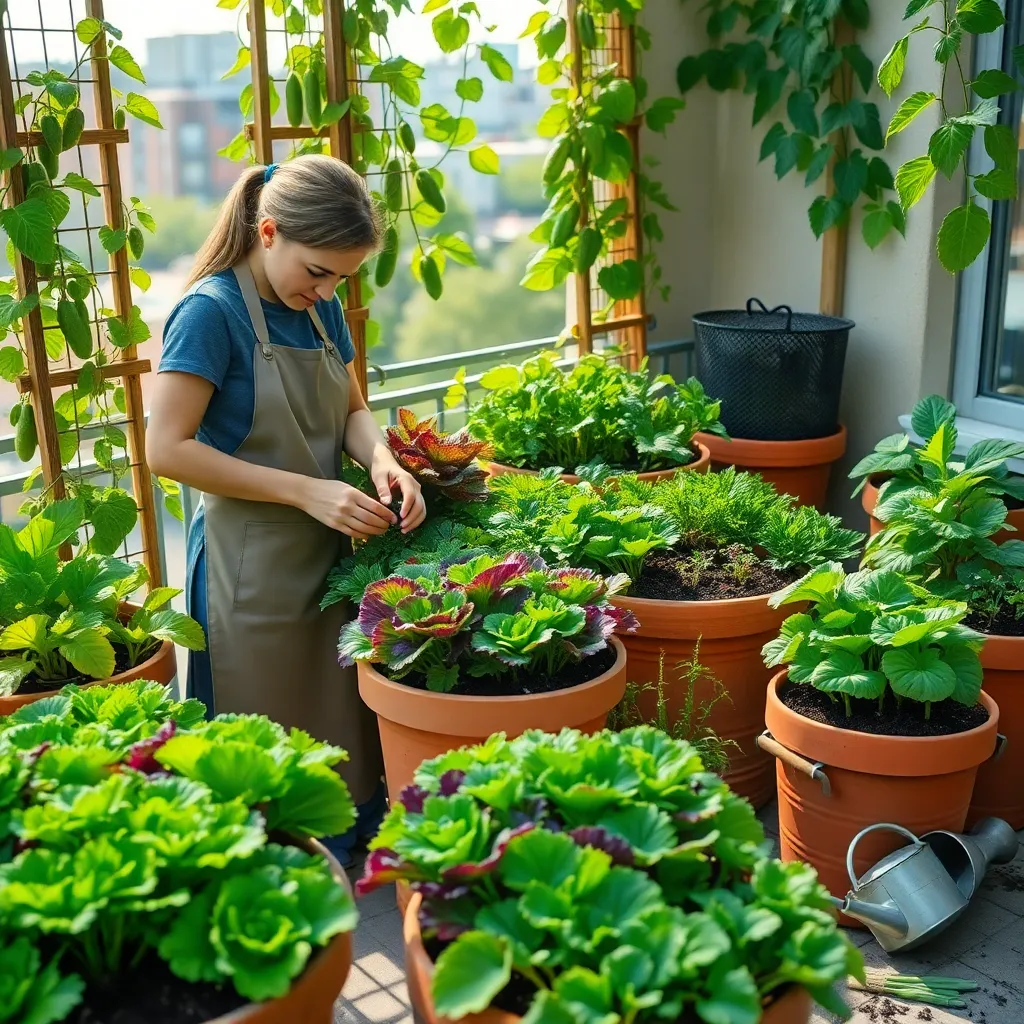
Succession planting is a fantastic method to manage growth and ensure a continuous harvest of lettuce in your containers. By staggering your plantings every two to three weeks, you can enjoy fresh lettuce regularly without overwhelming abundance or gaps in production.
To begin, select a variety of lettuce that suits your taste and climate, such as leaf, butterhead, or romaine. When planting in containers, use a high-quality potting mix that retains moisture but also drains well to prevent root rot.
When practicing succession planting, start with smaller quantities, planting only a few seeds at a time. This approach helps balance your harvests and ensures that you do not end up with more lettuce than you can consume or store.
Ensure that your containers have adequate drainage and are positioned to receive at least six hours of sunlight daily. Water consistently, keeping the soil moist but not waterlogged, which is crucial for healthy lettuce growth.
For advanced gardeners, consider experimenting with different lettuce varieties in each succession planting to determine which grows best in your conditions. Using a liquid fertilizer every two to three weeks can also boost growth and improve yield.
Maximizing Yield with Seasonal Tips
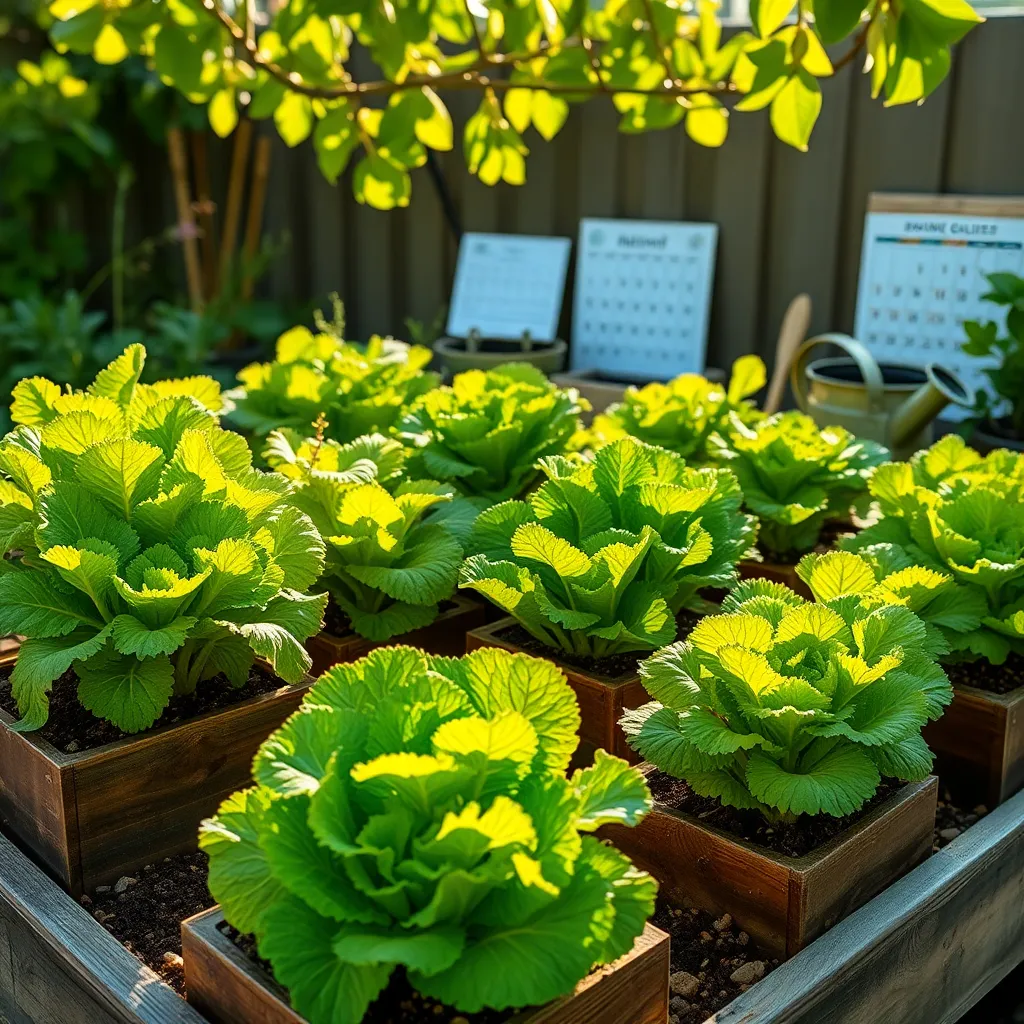
To maximize your lettuce yield in containers, consider the timing and environment of your planting. **Plant lettuce in early spring and fall** to take advantage of cooler temperatures, which this leafy green thrives in.
Choose the right container to ensure optimal growth conditions. **A container at least 6 inches deep** with good drainage is ideal for accommodating the roots and preventing waterlogging.
Soil quality is crucial for healthy lettuce development. Use a **well-draining potting mix enriched with organic matter** to provide the nutrients necessary for lush growth.
Watering is key to maximizing your yield, but balance is essential. **Keep the soil consistently moist but not soggy**, as overwatering can lead to root rot and under-watering can stress the plant.
For an additional yield boost, consider using a liquid fertilizer every couple of weeks. **Select a balanced, water-soluble fertilizer** and apply it according to the manufacturer’s instructions to support vigorous leaf production.
Lastly, protect your lettuce from pests and extreme conditions. **Use a light row cover** to shield against harsh sun and common pests like aphids, ensuring your plants remain healthy throughout their growing cycle.
Conclusion: Growing Success with These Plants
In nurturing your relationship, much like tending to lettuce in containers, it’s all about the right balance and consistency. We explored five key concepts: understanding the unique needs of your partner, the importance of regular emotional nourishment, maintaining a conducive environment for growth, the power of patience and timing, and the necessity of ongoing commitment.
Now, take a moment to reflect on one area where your relationship could use a little more attention, and commit to making a small, positive change today. Perhaps it’s a heartfelt conversation or a simple act of kindness. Remember, the best relationships are cultivated with care and intention.
To keep these insights at your fingertips, be sure to save or bookmark this article. It’s a tool to help you tend to your relationship garden, ensuring it flourishes over time.
As you move forward, embrace the journey of growth with your partner, knowing that success lies in continuous effort and love. With these strategies, you are well-equipped to nurture a thriving relationship. Let’s make every moment count!

